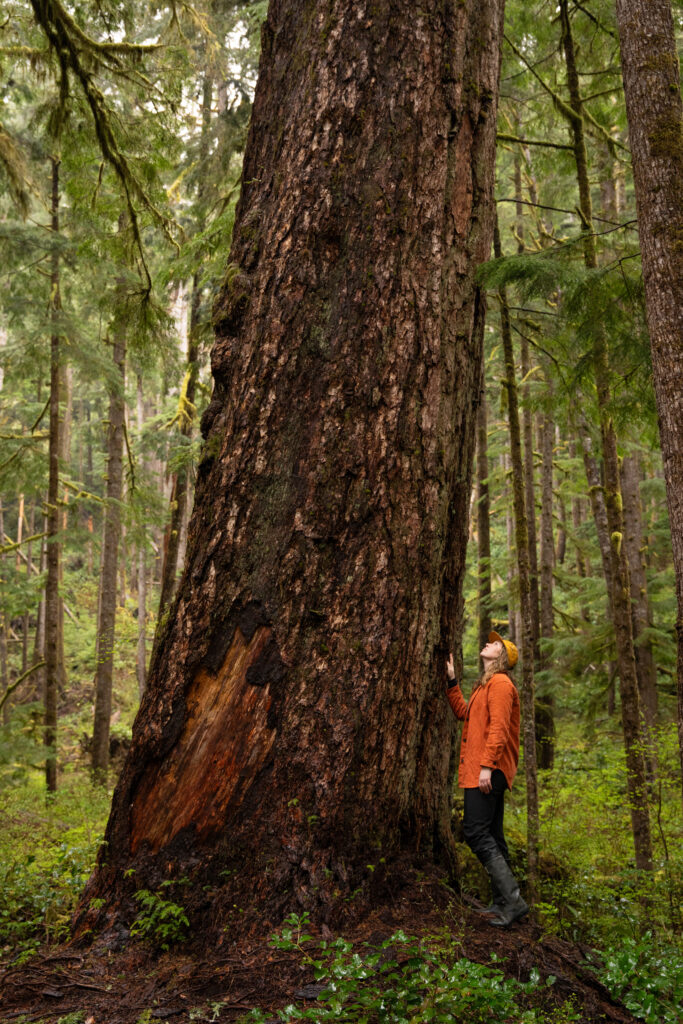Act Online
Protect communities from drought and wildfires by keeping forests intact
Research shows that harmful forestry practices like clearcutting make extreme heat and wildfires worse. Safeguarding intact forests, especially resilient and carbon-rich old-growth forests, and reforming forest stewardship is one of our best hopes to help protect our communities from worsening climate disasters. Join the thousands of people speaking up today.

Learn more about the campaign
In the summer of 2021, just one day after Lytton hit a national temperature record of 49.6 C, a wildfire swept through the village and destroyed almost everything in its path. Community members lost their businesses, others lost their homes, and two people lost their lives. Years later, the community is still rebuilding and healing from the terror they experienced.
B.C. isn’t alone experiencing worsening droughts and wildfires. In many parts of the world, more people wake up to smoke-filled skies and toxic air that makes it hard to breathe, severely impacting everyone’s health, especially babies and seniors.
The increasing severity of wildfires and drought highlights that safeguarding intact forests, especially resilient and carbon-rich old-growth forests, and reforming forest stewardship is one of our best hopes to protect communities across B.C.
Harmful forestry practices like clearcutting make extreme heat and wildfires worse. Clearcuts are tinderboxes, more prone to creating embers because dead trees and branches dry out in the hot sun and become more flammable. Tree plantations and younger forests are at greater risk of wildfire; Younger trees have thinner bark and low-hanging branches in dense stands making it easy for fire to spread.
In contrast, old-growth forests are more resilient to the worsening wildfires and heatwaves. Old growth rainforests have denser canopies which provide cooling shade that resists fire. They are cooler and wetter than young forests, acting as giant sponges. Old-growth trees in the drier interior have thick bark, high branches and are widely spaced which all reduce wildfire risk.
The provincial Old-Growth Strategic Review (OGSR) laid out which forests need immediate protection and the urgent logging reforms to preserve biodiversity and support the long-term well-being of communities, but progress implementing the plan has stalled.
We need the provincial government to get the message from concerned communities across B.C. that we must work together and with urgency to achieve change on the ground protecting old-growth forests and reforming forestry practices. To do so, the next steps are crucial:
- Make it easier for First Nations to access funding and enable logging deferrals for all the most at-risk old growth (about half are still open to logging);
- Introduce science-based old-growth conservation targets based on Ecosystem-based Management without loopholes
- Link old growth action to the Nature Agreement and outline how old growth protection will contribute to annual progress on the path to protecting 30 percent of the land in B.C. by 2030;
- Commit to an updated schedule for all 14 OGSR recommendations;
- Make biodiversity a priority in Forest Landscape Plans and other forms of planning.
Photo Credits: Mya Van Woudenberg
